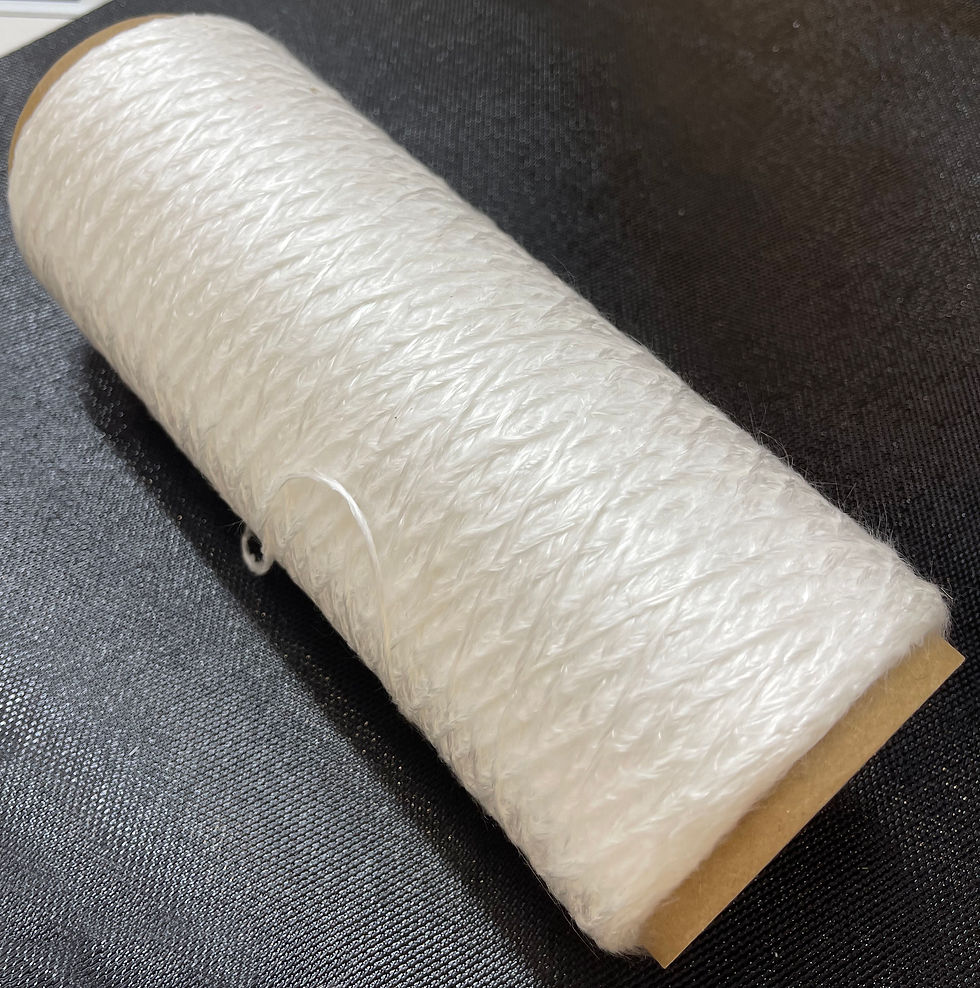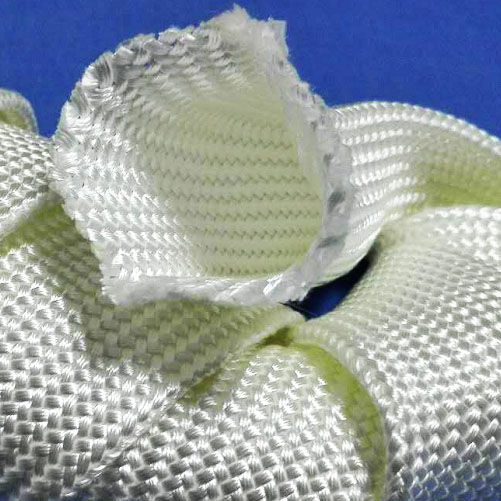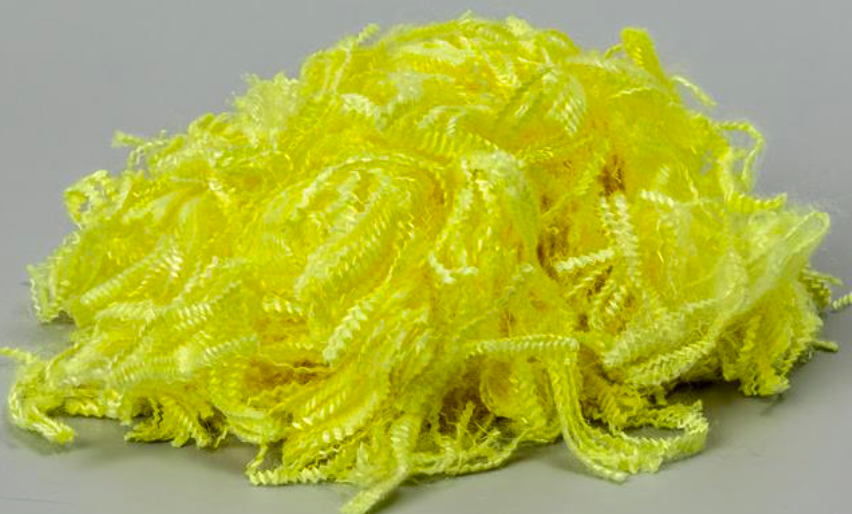High silica mesh is a special lass fiber mesh fabric with heat resistance, insulation, softness and good adsorption. The mesh size is 1.5-2.5mm, The performance of resistance to metal melt erosion, low gas generation, good residue filter effect, easy to use and so on. lt can be used in a 1000C environment for a long time, and the instantaneous heat resistance temperature can reach 1450° C. It is mainly used to make hich temperature resistant casting filter mesh, casting filter specia-shaped mesh, and can also be used as a composite substrate for high temperature resistant materials.
Feature:
- Heat Resistance:
High silica mesh is designed to withstand very high temperatures, often up to 1000°C (1832°F) or even higher, depending on the exact composition and weave of the mesh. This makes it ideal for use in applications like industrial furnaces, heat shields, and fire-resistant barriers.
- Acid and Alkali Resistance:
High silica mesh is chemically stable in acidic and alkaline environments, which makes it suitable for use in chemical plants and other industrial environments where exposure to harsh chemicals is common.
- Lightweight
High silica mesh is lightweight and flexible, which makes it easy to handle and install in various applications without adding significant weight to structures or systems.
- Mechanical Strength:
Despite its lightweight nature, high silica mesh is strong and durable, capable of handling stress and abrasion. This feature makes it ideal for long-term use in environments with mechanical wear.
- Low Thermal Conductivity
High silica mesh has low thermal conductivity, which helps in minimizing heat loss or gain. This characteristic is particularly beneficial in applications where maintaining temperature is critical, such as in insulation systems.
Application:
High-Temperature Filtration:
Used in power plants, metal smelting, and incinerators to filter hot gases.
Thermal Insulation:
Insulates furnaces, kilns, and aerospace components.
Fire Protection:
Employed in fire curtains, protective barriers, and composite materials for fireproofing.
Composites Reinforcement:
Enhances heat resistance in automotive (e.g., exhaust systems) and aerospace composites.
Electrical Insulation:
Shields wiring and components in high-temperature electrical systems.















